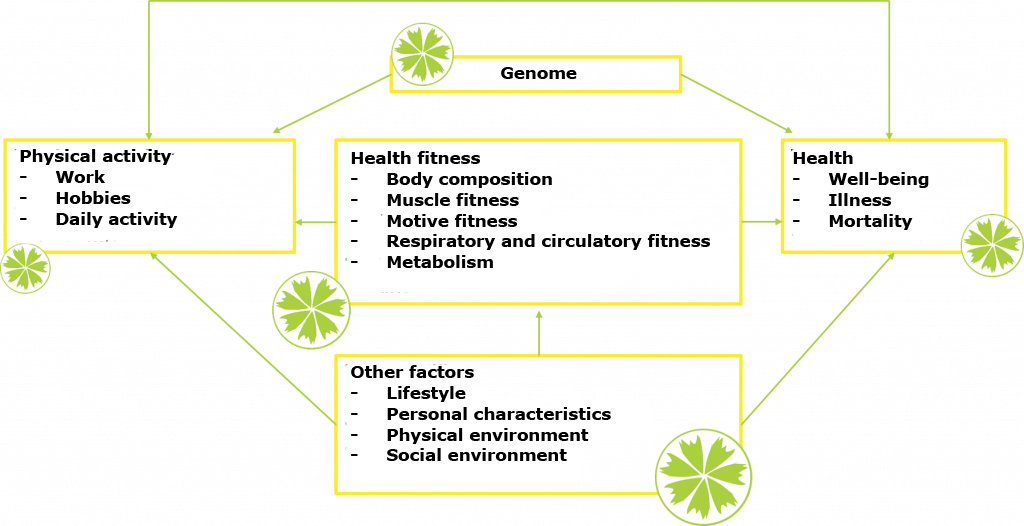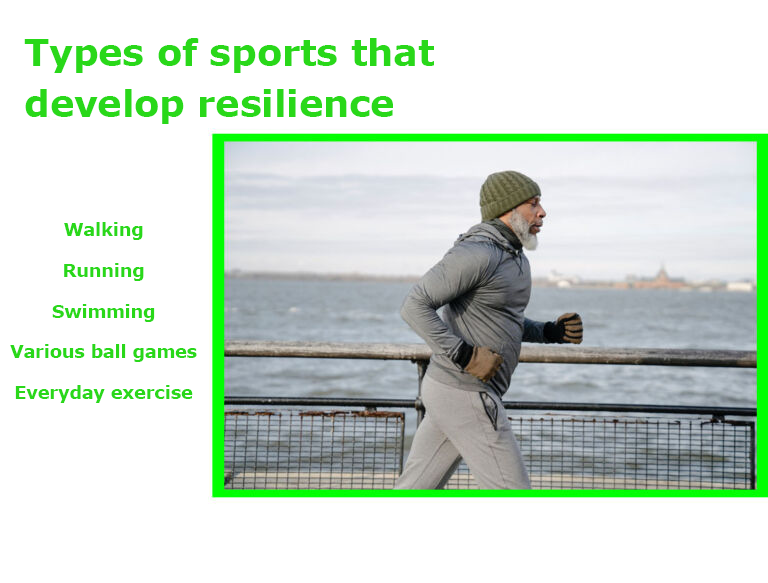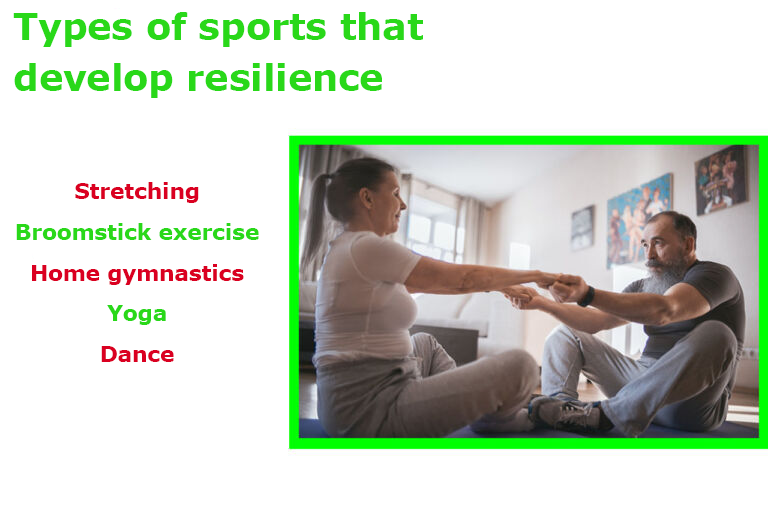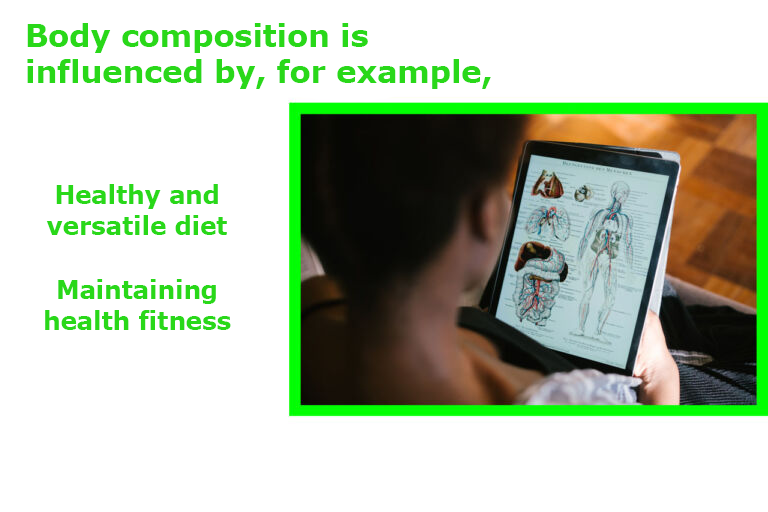Four dimensions of health fitness
The health fitness term covers the connection between physical fitness, physical exercise and health as a comprehensive starting point that takes into account the health and functional capacity of everyday life. The material on the page utilises the information provided by the UKK Institute and Current Care recommendations for physical activity.

Endurance fitness
Endurance fitness is the foundation of health fitness. For example, walking, running, swimming and various ball games are forms of endurance exercise. However, endurance can also be developed through everyday exercise, such as walking or cycling to work, or by opting for stairs instead of lifts. During endurance exercise, breathing becomes more frequent, the heart rate increases, and the blood flow and blood pressure of the muscles increase.
The sustainability indicator is the maximum oxygen uptake capacity VO2max, which describes the respiratory and circulatory system’s ability to transport oxygen and the muscles’ ability to use it for energy production in the maximum performance. Sustainability is often also important in terms of ability to work, especially in physically demanding jobs. Regular physical activity can prevent many illnesses and problems that threaten and weaken the functional capacity and the ability to work.

Musculoskeletal fitness
Muscle strength and endurance, strength and flexibility of the skeletal system are included in the fitness of the musculoskeletal system. Muscle strength is an important factor in the health and general functional capacity of various joints, and muscle strength and endurance play an important role, especially in physically demanding work. Physical activities that develop muscle strength and endurance include gym exercise, gymnastics and skiing. Shovelling snow, strenuous gardening and thorough house cleaning also develop muscle strength and muscle resistance.
Together with muscular strength and endurance, strong bones form part of the good foundation of the musculoskeletal system. Exercise can be used to strain and thus strengthen bones in order to prevent the deterioration of bones as they age. Various forms of physical activity, strength training and running that include jumps and changes of direction, as well as a brisk walk, put strain on the bones and strengthen them.
In addition to physical activity, it is also important to conduct mobility training, which reduces muscle stiffness and increases flexibility. Mobility training can be included, for example, in warm-up exercises. When regularly carried out, mobility training and stretching improve joint mobility and the stretching of muscles and other tissues. Broomstick exercises, home gymnastics, yoga and dance are examples of forms of physical activity that increase mobility.

Motive fitness
Motive fitness includes balance, agility, coordination and position and movement control. Motive fitness skills are often learned during childhood through versatile exercise and physical activity, but balance and body control can and should be practised throughout life. For example, back problems can be caused by poor motive fitness. There are many sports that develop motive fitness. These include ball and bat games, yoga and Pilates, skiing, skating and roller skating, off-road walking and golf.

Body composition
The body consists of various ingredients, and the composition of the body indicates their distribution in relation to each other. When measuring body composition, the aim is usually to assess the body’s muscle mass, fat mass and bones. The body mass is typically further divided into fat mass and non-fat mass. The fat mass of a woman with normal weight is about 25% and that of a man with normal weight about 15%.
Excessive fat mass can have a negative effect on health, as it increases the risk of many diseases, for example. However, physical fitness also plays a major role in the magnitude of the risk. Exercise helps preserve bone and muscle mass and improves body composition by reducing and preventing excessive fatty tissue formation.

SOURCES:
UKK Institute materials
Heiskanen, J., Kärkkäinen, O-P., Hakonen, H., Lindholm, H., Eklund, J., Tammelin, T. and Havas, E. Suomalaisen työikäisen kestävyyskunto (Health fitness of Finnish working-age population). 2011. Current status and forecasts. Publications on physical activity and public health 247.
Current care recommendation Physical activity. 2016.
Practical tips
Order a free workplace workout reminder
Half-hour stretching video to improve mobility
Tips and videos for exercising muscle strength and balance
Mobile apps for monitoring your health:
Sports Tracker (Android and Apple)
Useful links
Read more about motion management
Explore mobility
More information about muscle strength
Read more about bone strength
Further information on body composition
More information on endurance fitness
Read about nutrition and its subclasses on the Fineli website (National Food Composition Database), the Finnish Institute for Health and Welfare website and the Finnish Consumer Association’s Syö hyvää project website (in Finnish).
You can read about sleep and recovery on the website of the Finnish Institute of Occupational Health and the website of MIELI Ry.
